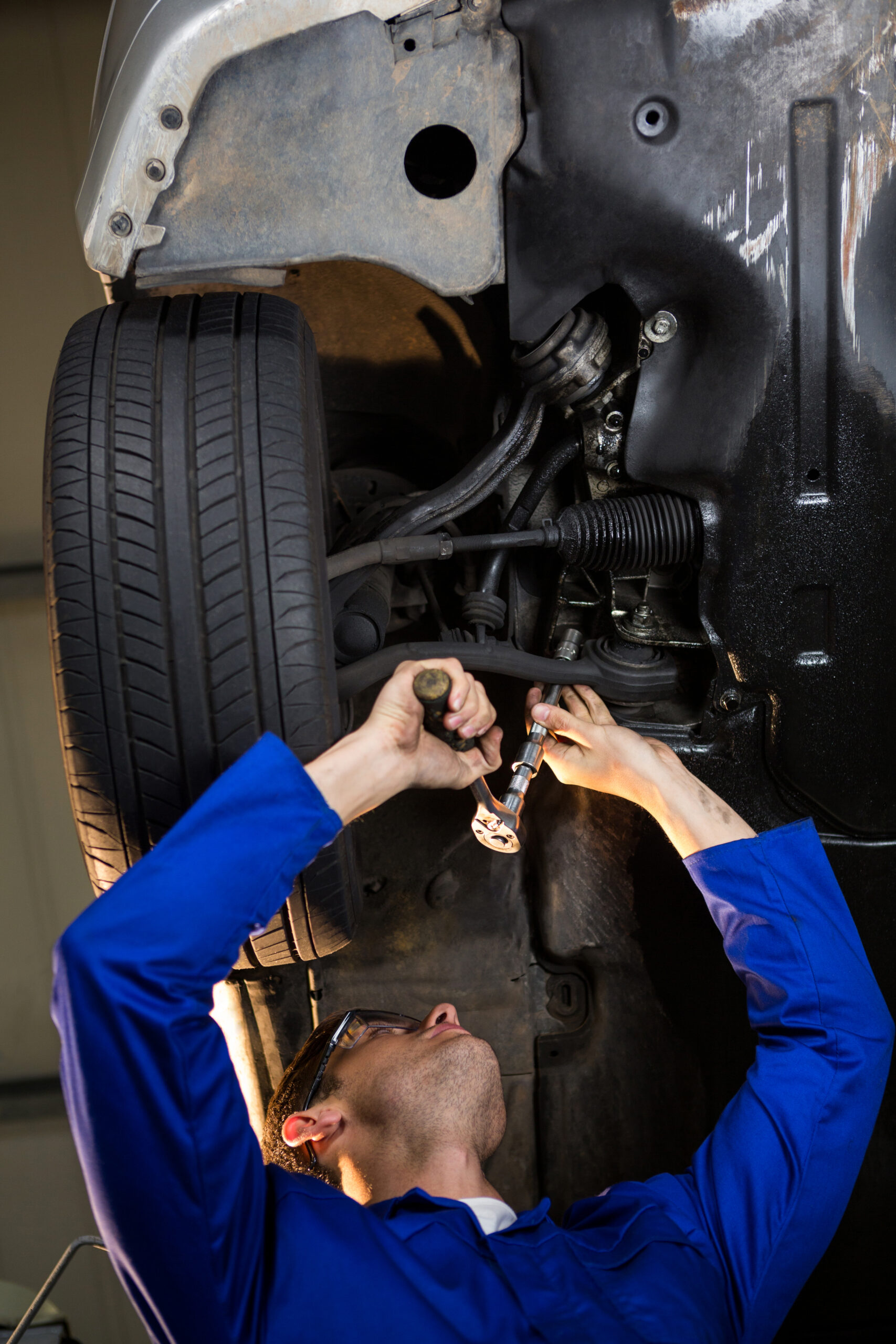After an accident, the suspension and alignment of a car can be greatly affected, potentially compromising its handling, stability, and overall safety. When considering the purchase of an accident-damaged car in South Africa, it is crucial to carefully assess the suspension and alignment components. In this article, we will explore key factors to look out for when evaluating the suspension and alignment of an accident-damaged car.
- Visual Inspection:
Begin by visually inspecting the suspension components for any visible damage, such as bent or misaligned parts, dents, or signs of impact. Pay close attention to control arms, bushings, struts, shocks, and springs. Any signs of distortion or unevenness may indicate significant damage that requires attention.
- Test the Suspension:
Take the car for a test drive on various road surfaces, including smooth pavement and rough roads. Observe how the car handles and listen for any unusual noises, such as clunking or knocking sounds when going over bumps. Excessive bouncing, uneven tire wear, or a harsh ride can indicate suspension issues.
- Check for Leaks:
Inspect the shock absorbers and struts for any signs of fluid leakage. Leaking fluid can affect the suspension’s performance and may indicate damage to these components. A damp or oily residue on or around the shocks or struts is a clear indication of a problem.
- Evaluate Alignment:
Assess the car’s alignment by observing the steering wheel’s position when driving straight on a level road. The steering wheel should be centered, and the car should track straight without any pulling to one side. If the car pulls or the steering wheel is off-center, it suggests alignment problems that may require adjustment.
- Consider Uneven Tire Wear:
Inspect the tires for signs of uneven wear patterns, such as feathering, cupping, or excessive wear on one side. Uneven tire wear is often indicative of alignment issues or suspension problems. It is essential to address these issues promptly to prevent further damage and ensure optimal tire performance.
- Seek Professional Inspection:
Consider taking the accident-damaged car to a reputable mechanic or suspension specialist for a professional inspection. They can use specialized equipment to assess the suspension components, measure alignment angles, and detect any underlying issues that may not be visible during a visual inspection.
- Check Service and Maintenance Records:
Review the car’s service and maintenance records to determine if the suspension components have been regularly serviced or replaced. Proper maintenance can extend the lifespan of suspension parts and ensure optimal performance.
Evaluating the suspension and alignment of an accident-damaged car is crucial to ensure its safety and handling capabilities. By conducting a visual inspection, testing the suspension during a test drive, checking for leaks, evaluating alignment, examining tire wear patterns, and seeking a professional inspection, you can assess the condition of the suspension and alignment components. Remember, a compromised suspension or misaligned vehicle can lead to poor handling, uneven tire wear, and potential safety risks. Taking the time to thoroughly inspect these components will help you make an informed decision when purchasing an accident-damaged car in South Africa.











